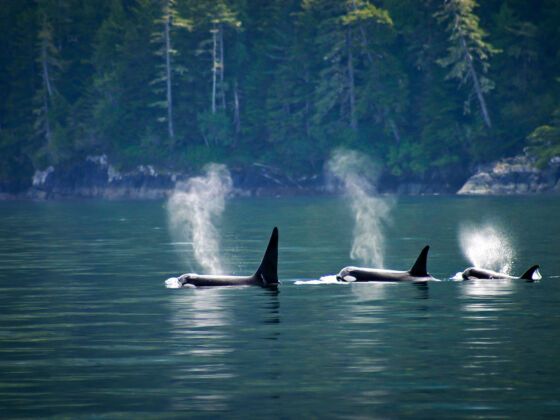Saturday
- “What’s there to do on this island as we head north?” I ask Sarah, our waitress, who’s been overly friendly since we arrived.
- “Well, there’s a race track in Courtney, and minigolf, and the hockey stick. Did you see the huge hockey stick across the street?” I pause, wondering if I’ve heard her correctly.
- “A hockey stick?”
- “Yeah. There’s a huge hockey stick across the street. It’s awesome.”
Sarah isn’t lying. Duncan, a village on Vancouver Island, British Columbia, is home to the world’s largest hockey stick. Weighing in at 61,000 pounds, it’s 205 feet of Douglas Fir reinforced with steel.
